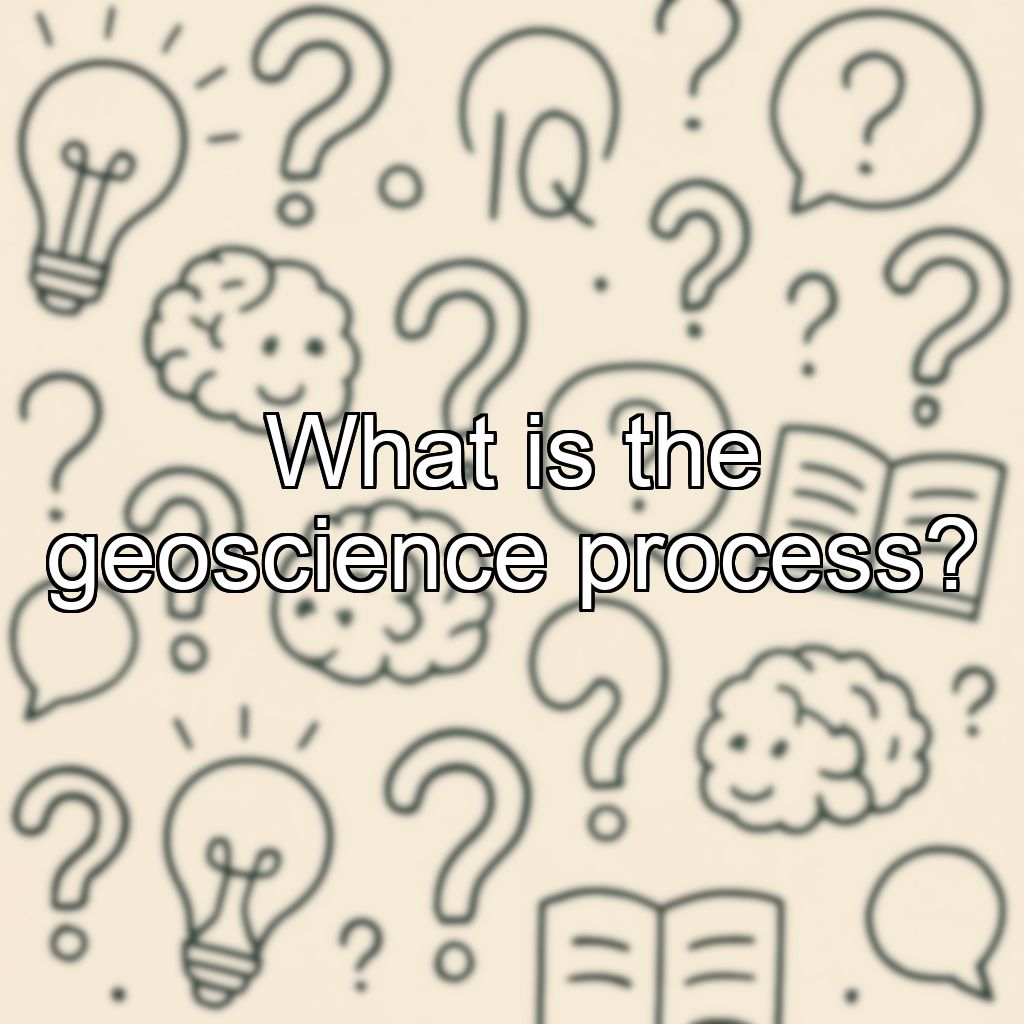What is the geoscience process?

Understanding the Geoscience Process
The geoscience process refers to the systematic approach used by geoscientists to investigate, understand, and explain Earth's systems and processes. This process is similar to the scientific method but is applied specifically to the study of Earth's materials, structure, history, and the processes that shape our planet.
Main Steps of the Geoscience Process
- Observation: Geoscientists start by observing natural phenomena, collecting data from the field, laboratories, satellites, or maps.
- Question: Based on observations, scientists ask questions about how and why Earth processes occur (e.g., "How did this mountain form?").
- Hypothesis Formation: They propose hypotheses—potential explanations or models—to explain observed patterns or processes.
- Data Collection & Analysis: Researchers gather and analyze more data to test their hypotheses. This often involves fieldwork, experiments, laboratory work, and computational modeling.
- Interpretation: The data is interpreted to see if it supports or refutes the hypotheses. This often involves comparing results with existing theories or models.
- Communication: Findings are shared with the scientific community through reports, articles, and presentations. Peer review and further testing by others are integral to the process.
- Refinement: The process is iterative—hypotheses and models are refined as new data becomes available or as technology advances.
Key Characteristics
- Interdisciplinary: Geoscience integrates physics, chemistry, biology, and mathematics.
- Temporal Scale: Processes studied can occur over seconds (earthquakes) to billions of years (plate tectonics).
- Spatial Scale: Geoscientists study phenomena from microscopic minerals to entire planetary systems.
The geoscience process is essential for understanding natural hazards, resource management, climate change, and the history of Earth and life.